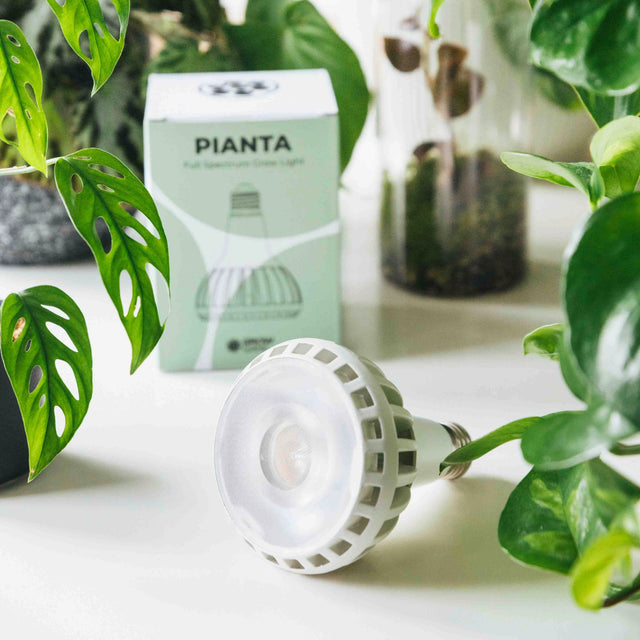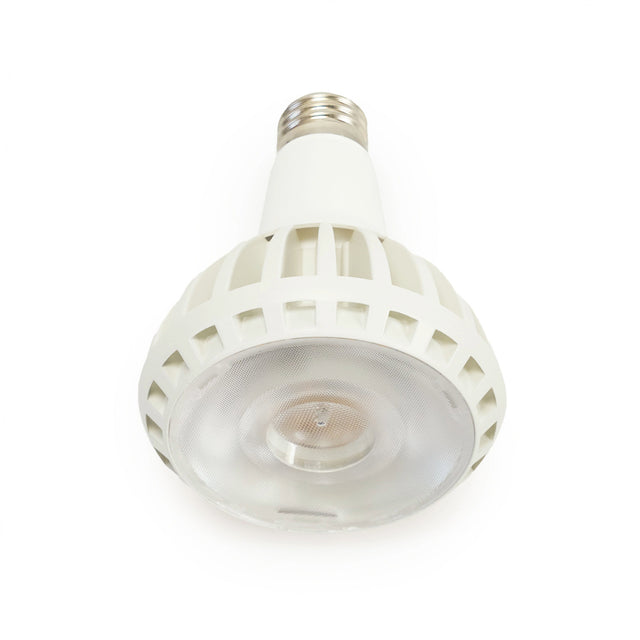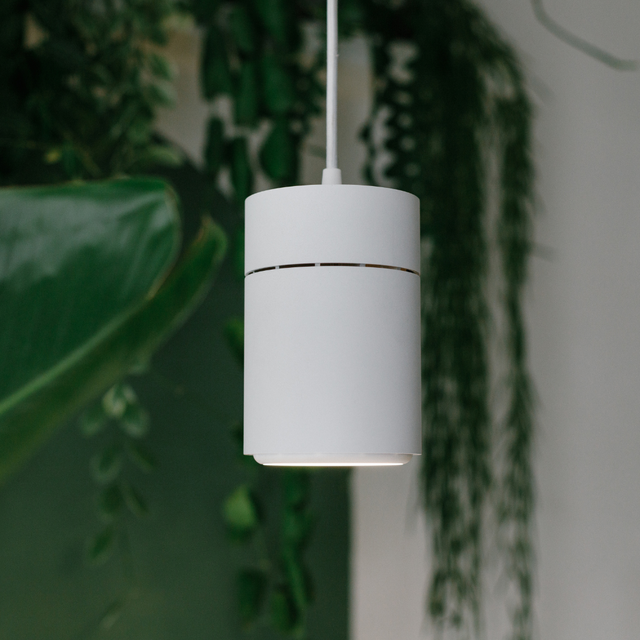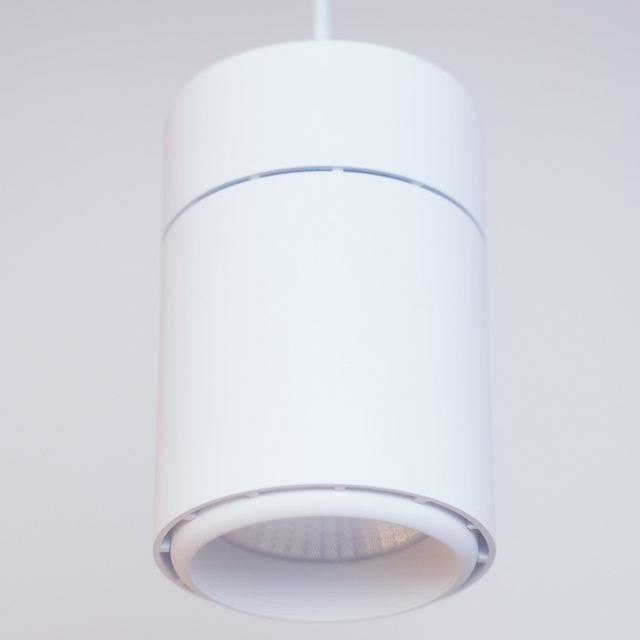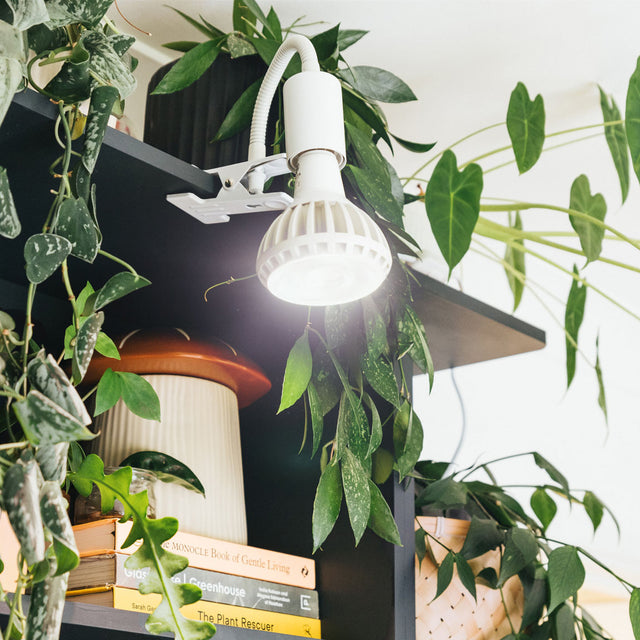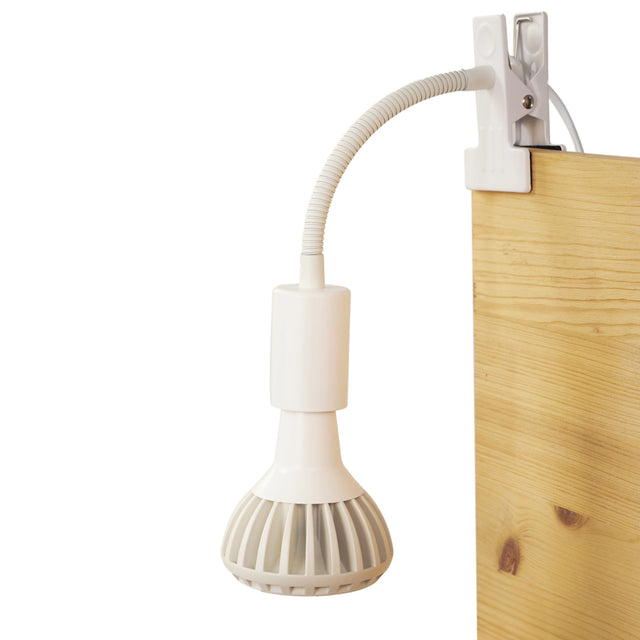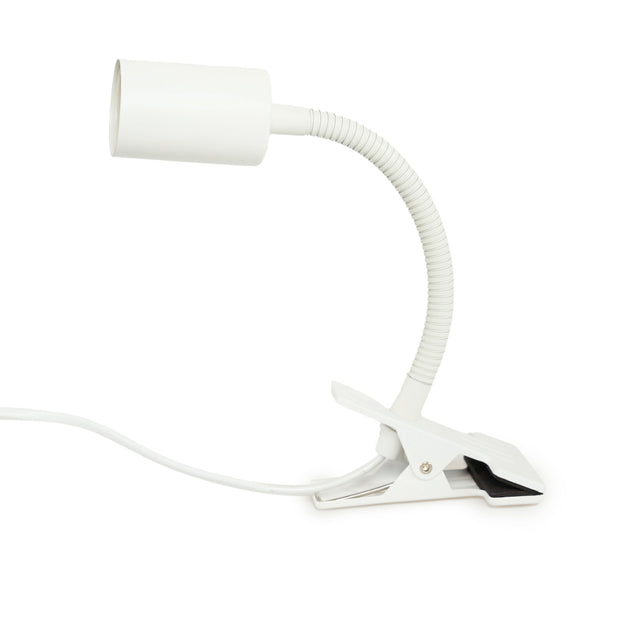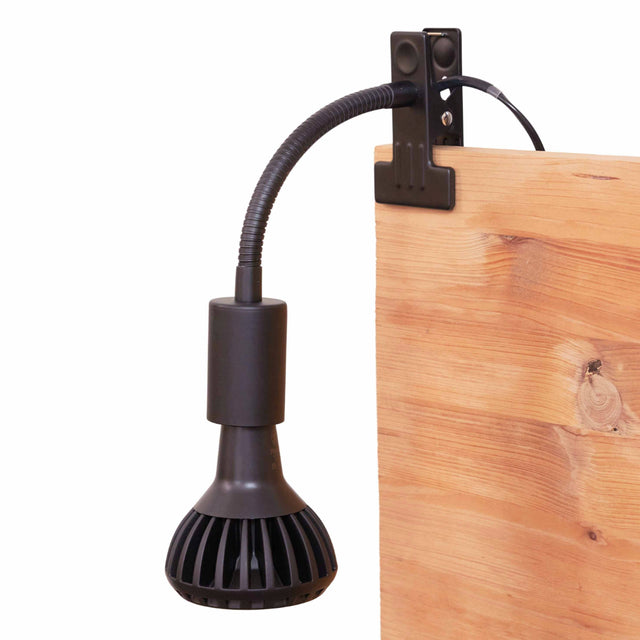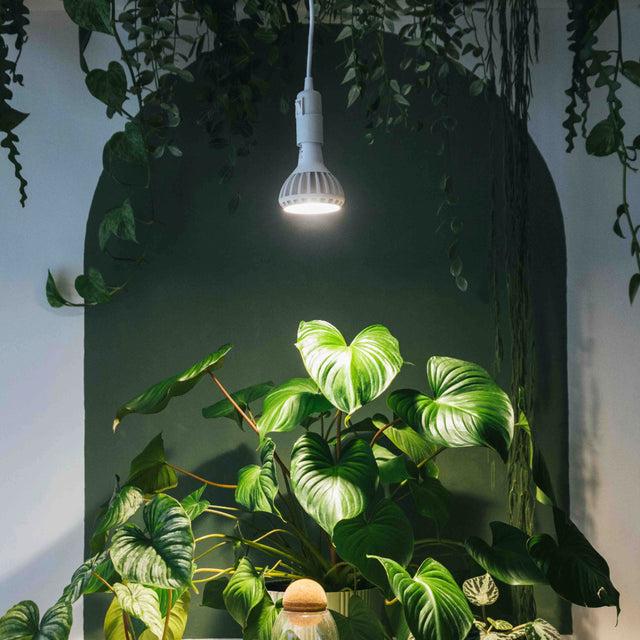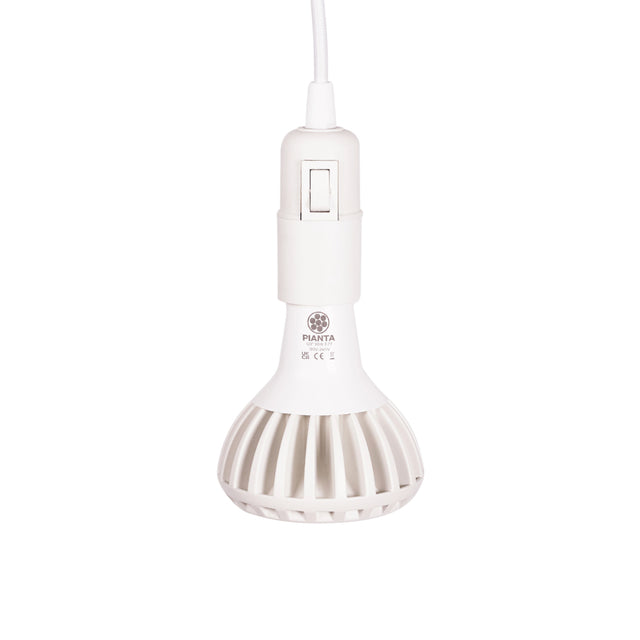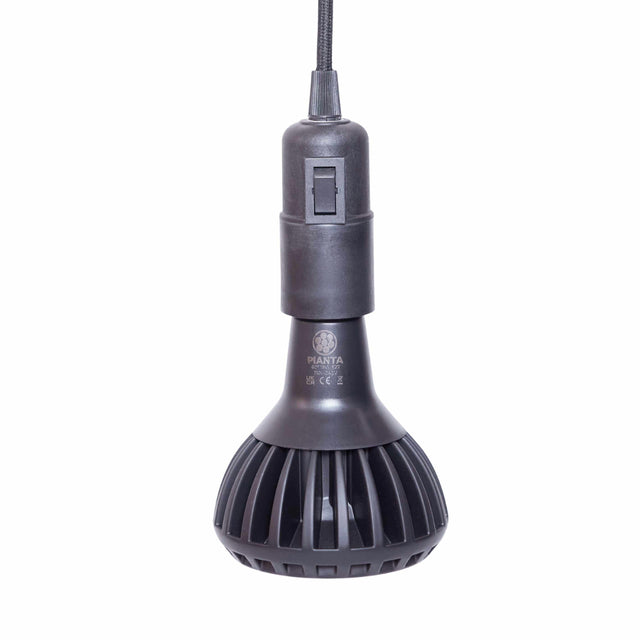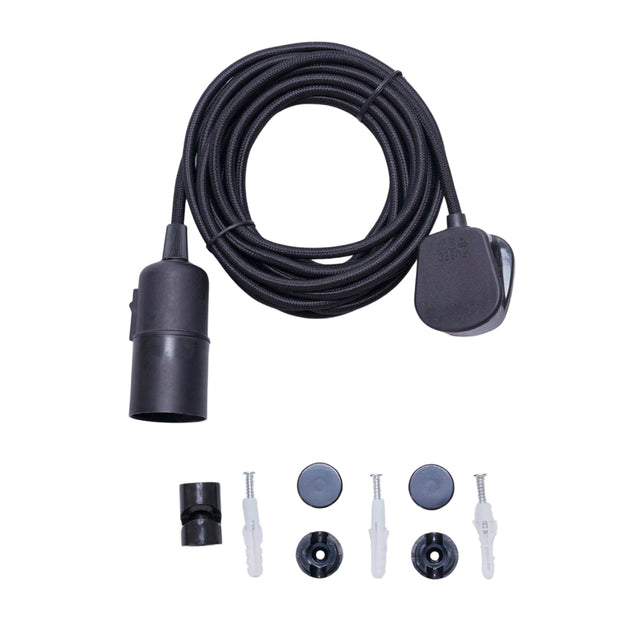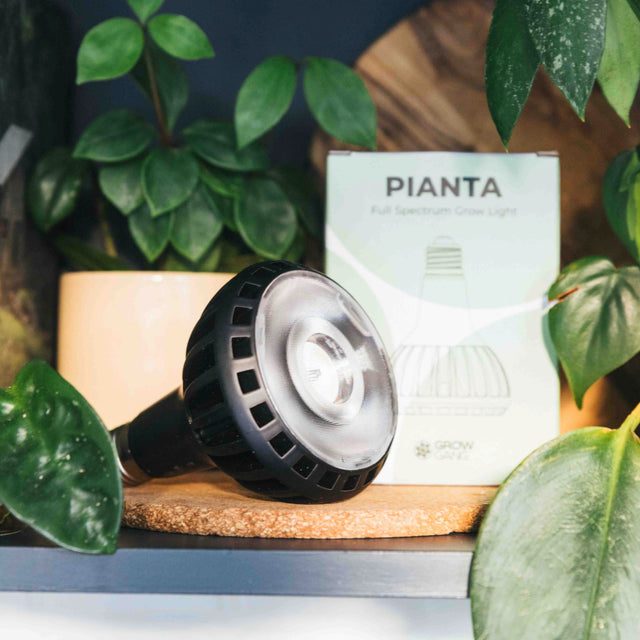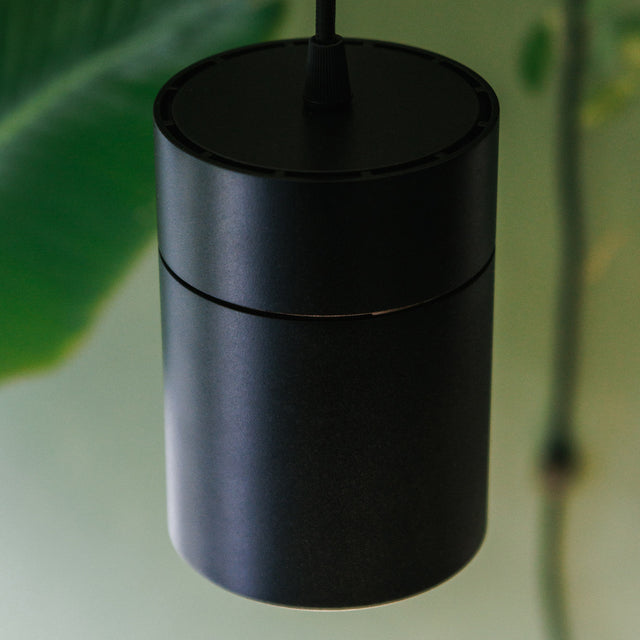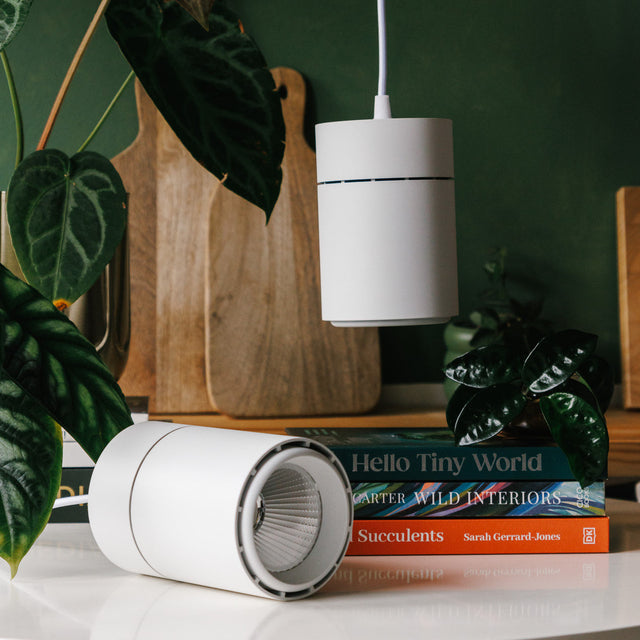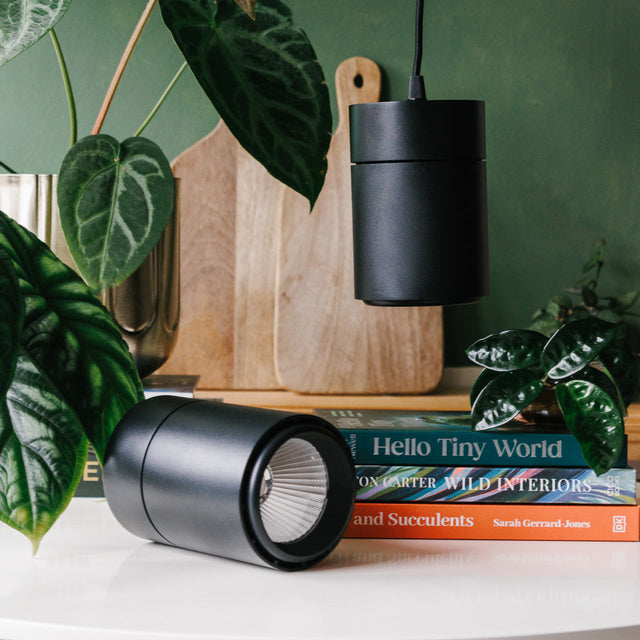
🔬Scientific name: Aeschynanthus radicans (Family: Gesneriaceae)
🌍 Origin: It originates from tropical regions of Southeast Asia, especially areas like Malaysia, Indonesia, Thailand, and surrounding tropical forests. It naturally grows as an epiphyte, typically found on trees or rocks in humid, shaded environments.
Lighting
Lighting requirement: Bright, indirect light
The lipstick plant thrives best in bright, indirect sunlight. Ideally, it should be placed near a north or east-facing window where it receives ample filtered light without exposure to direct midday sun, which can burn its leaves. Proper lighting conditions are crucial, as insufficient light can hinder blooming and diminish the plant's vibrant foliage. Providing consistent indirect brightness encourages healthy growth and abundant flowering.
For best results, use full-spectrum LED grow lights positioned approximately 30–45 cm above the plant, providing around 12 to 14 hours of illumination daily. Consistent exposure to grow lights can encourage vibrant foliage, vigorous growth, and frequent flowering, especially during seasons with lower natural light availability.
Watering:
This plant prefers consistently moist but not soggy soil. Allow the top inch of the soil to dry out slightly between waterings, then water thoroughly until it drains from the bottom of the pot. Avoid overwatering, as overly wet soil can cause root rot and fungal issues. During winter months or periods of lower growth, reduce watering frequency, ensuring the soil dries out slightly more between waterings.
Humidity
The lipstick plant prefers moderate to high humidity levels, ideally between 50% and 70%. Maintaining this humidity range promotes lush foliage and optimal flowering.
To maintain proper humidity:
- Use a Humidity Tray – Place the pot on a tray filled with pebbles and water to naturally boost humidity.
- Group with Other Plants – Keeping it near other humidity-loving plants creates a mini microclimate.
- Use a Humidifier – If your home is particularly dry, especially in winter, a small humidifier can make a big difference.
Regular misting can also help increase humidity, though care should be taken not to overdo it, as consistently wet leaves can encourage fungal growth.
Fertiliser:
The lipstick plant benefits from regular fertilisation during its active growing season (spring through summer). Apply a balanced, water-soluble fertiliser diluted to half-strength approximately every 4–6 weeks. Avoid fertilising during winter or when growth naturally slows, as this could stress the plant. Proper feeding encourages vibrant foliage, healthy growth, and abundant flowering.
Temperature:
This plant prefers warm, consistent temperatures ranging from 18°C to 27°C during the day. They can tolerate slightly cooler nighttime temperatures but should not drop below approximately 13°C. It's essential to avoid drafts and sudden temperature fluctuations, as these can cause stress, leaf drop, or reduced blooming. Maintaining a stable, warm environment helps ensure healthy growth and vibrant flowering.
Troubleshooting and Pests:
Common troubleshooting issues for lipstick plants include yellowing leaves, leaf drop, and reduced flowering, often due to improper watering, low humidity, or insufficient light. Ensure balanced moisture levels, adequate humidity, and suitable indirect lighting conditions to resolve these issues.
Pests such as aphids, mealybugs, spider mites, and scale insects can occasionally affect lipstick plants. Regularly inspect your plant, and if pests appear, treat promptly with insecticidal soap, neem oil, or by physically removing pests with a soft cloth dipped in mild soapy water. Maintaining proper care conditions helps prevent most pest problems and promotes overall plant health.
Height:
It typically grow between 30 to 60 cm in height and spread similarly, cascading gracefully when grown in hanging baskets or as trailing specimens. Their trailing stems can extend even longer under ideal conditions, making them suitable for vertical spaces or shelves. Regular pruning and pinching back of stems encourages bushier, fuller growth and maintains a desired size and shape.
Is It Toxic To Pets?
No. The lipstick plant is generally considered non-toxic to pets, including cats and dogs. However, while ingestion isn't usually harmful, pets chewing on any houseplant could experience mild digestive discomfort. It's always best practice to discourage pets from chewing on plants and to contact a veterinarian if unusual symptoms occur after ingestion.
